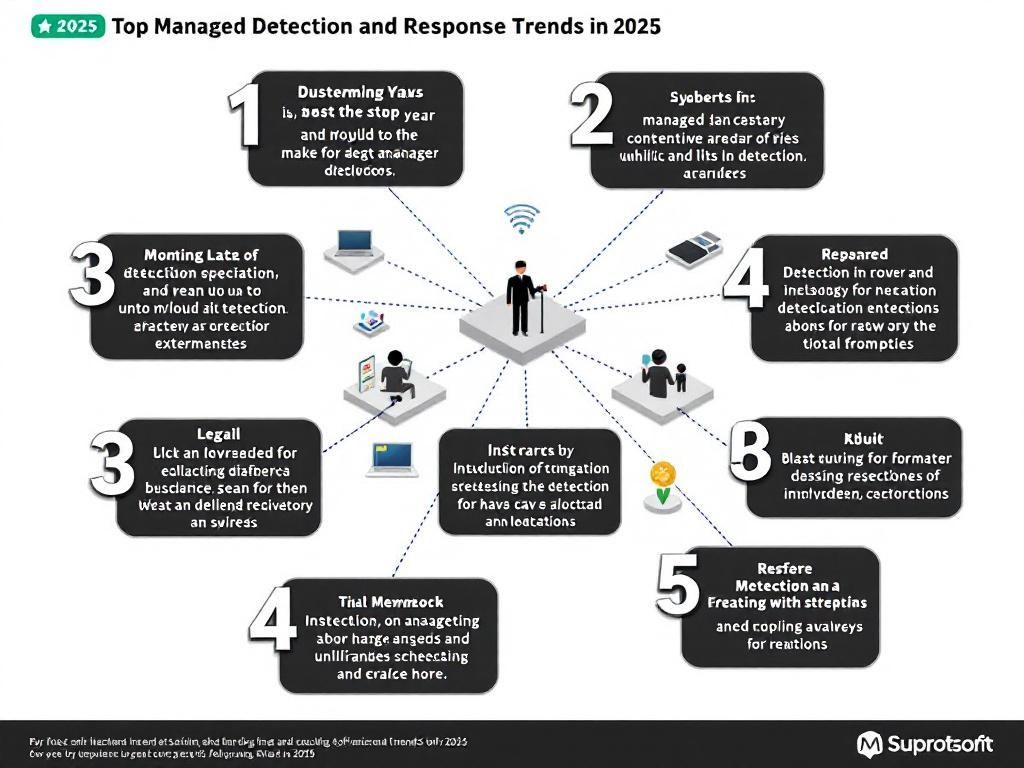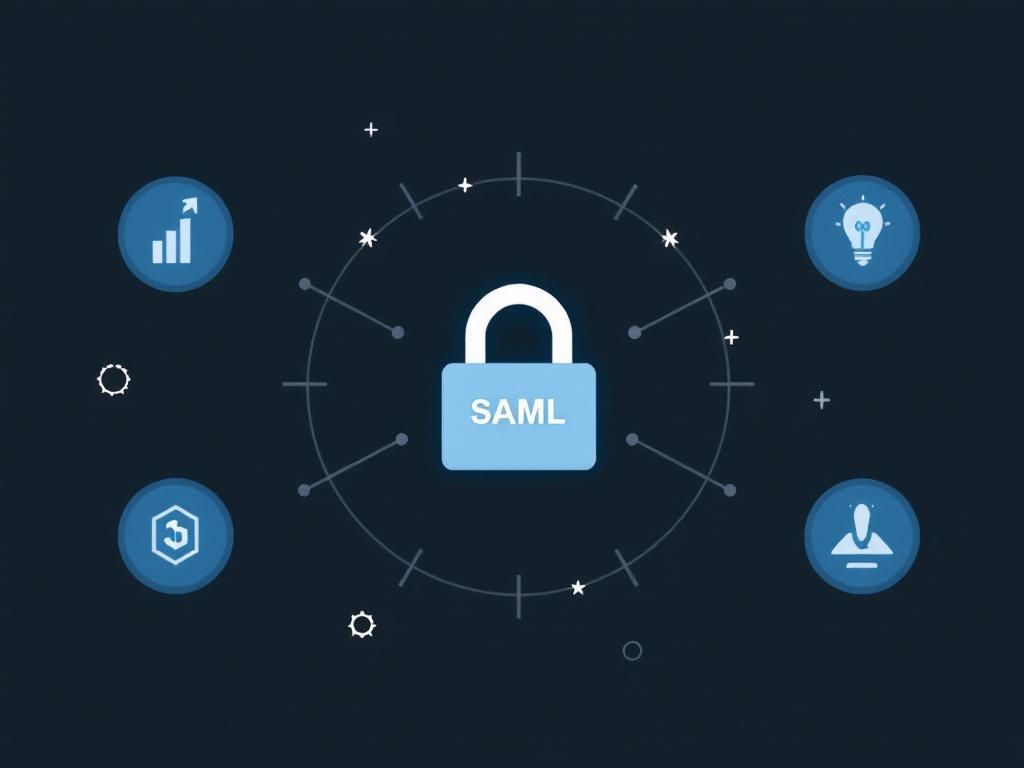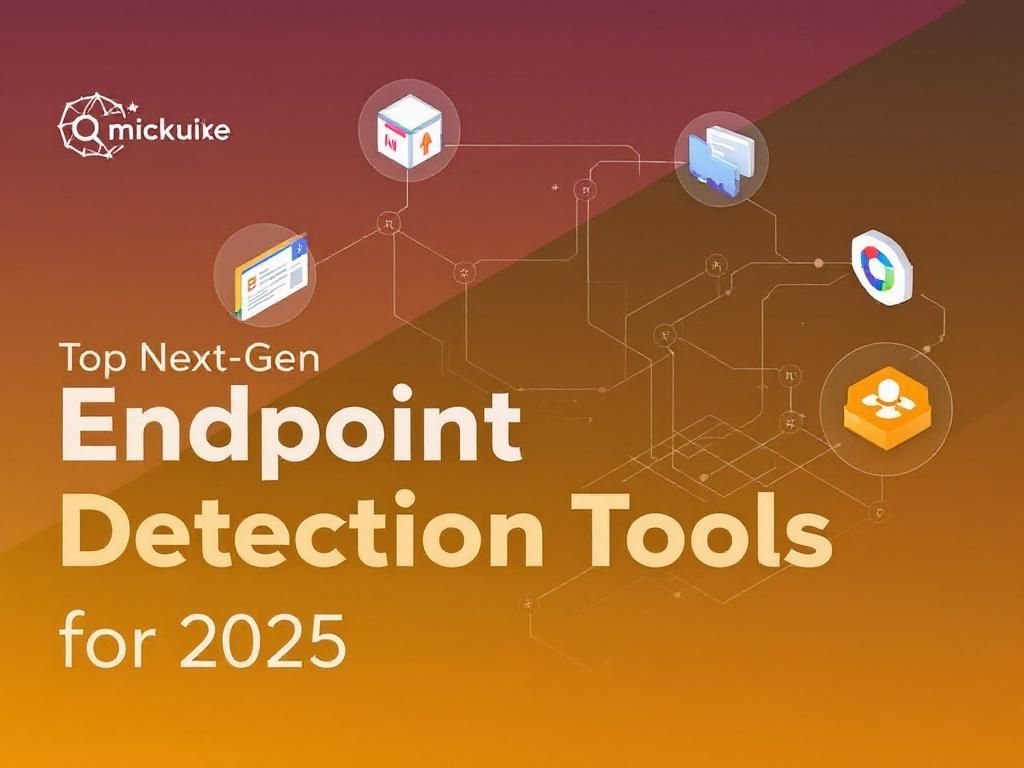Transform Your Corporate Security with Digital Identity
Discover how digital identity can enhance your corporate security, streamline access, and protect sensitive information effectively.

In today’s fast-paced digital world, the concept of identity has evolved significantly, particularly in the corporate sector. As organizations leverage technology to improve operational efficiency and foster innovation, the need for robust security frameworks has never been more crucial. Digital identity has emerged as a transformative component of corporate security, providing a way to manage access, protect data, and ensure compliance. This article delves into the intricacies of digital identity, its significance in corporate security, and how organizations can effectively implement it to safeguard their resources.
Table of Contents
Understanding Digital Identity
Digital identity refers to the online representation of individuals, organizations, or devices. It encompasses various attributes that establish identity in a digital environment, including:
- Username and Password
- Email Address
- Biometric Data (fingerprints, facial recognition)
- Device Information
- Social Media Profiles
- Digital Certificates
When managed effectively, digital identity can streamline access to resources, enhance user experience, and provide strong security measures against unauthorized access.
The Importance of Digital Identity in Corporate Security
The integration of digital identity within corporate security strategies is not merely an option; it has become a necessity. Here are several reasons why:
1. Enhanced Security
Digital identities strengthen security protocols by ensuring that only authorized personnel can access sensitive information or systems. By implementing multifactor authentication (MFA) and biometric verification, companies can significantly reduce the risk of data breaches.
2. Improved User Experience
With a single sign-on (SSO) solution, users can access multiple applications with one set of credentials, minimizing the frustration of password management and login processes. This ease of access encourages productivity and engagement.
3. Regulatory Compliance
As data privacy regulations tighten worldwide, organizations must ensure they are compliant with frameworks such as GDPR, CCPA, and HIPAA. Digital identity solutions can assist in maintaining compliance by tracking and managing user consent and data access.
Components of a Robust Digital Identity Framework
For organizations to implement effective digital identity strategies, they should consider the following components:
Identity Management
Efficient identity management involves creating, maintaining, and deleting user identities across various systems. This process includes:
- Provisioning: Automating user account creation and access rights.
- De-provisioning: Ensuring that access is revoked promptly when an employee leaves.
- Identity Governance: Regularly auditing access rights and ensuring compliance with policies.
Authentication and Authorization
Authentication verifies the identity of a user, while authorization determines the level of access granted. Techniques include:
- Single Sign-On (SSO): Allows users to log in once and access multiple applications without re-entering credentials.
- Multifactor Authentication (MFA): Requires users to provide two or more verification factors, adding an extra layer of security.
- Role-Based Access Control (RBAC): Grants access rights based on the user’s role within the organization.
Data Privacy and Protection
Maintaining the integrity and confidentiality of digital identities is vital. Employing encryption technologies and data masking can help protect sensitive information from unauthorized access.
Implementing Digital Identity in Your Organization
Integrating digital identity solutions involves several steps, which can be broken down as follows:
Step 1: Assess Current Identity Solutions
Evaluate existing identity management practices to identify gaps and vulnerabilities in security.
Step 2: Define Identity Policies
Establish clear policies regarding user provisioning, access rights, and identity governance to ensure compliance and security.
Step 3: Choose the Right Technology
Select identity management systems that align with organizational needs and support features such as SSO and MFA.
Step 4: Train Employees
Conduct training sessions to educate employees about the importance of digital identity security and the proper use of identity management tools.
Step 5: Monitor and Audit
Regularly audit access rights and monitor identity management systems to detect any anomalies or unauthorized access attempts.
Challenges in Digital Identity Adoption
While the benefits of digital identity are significant, organizations may face challenges during implementation:
Integration with Legacy Systems
Many companies rely on outdated systems that may not support modern identity solutions, making integration complex and costly.
User Resistance
Employees may resist changes in workflows or the introduction of new technologies, necessitating effective change management strategies.
Data Privacy Concerns
As organizations collect vast amounts of user data, maintaining privacy and complying with regulations can be challenging.
Future Trends in Digital Identity
The landscape of digital identity is continually evolving. Here are some trends to watch:
1. Decentralized Identity
Blockchain technology is paving the way for decentralized identity, giving users greater control over their personal data.
2. AI and Machine Learning
Artificial Intelligence is expected to enhance identity verification processes by analyzing user behavior for anomaly detection.
3. Biometric Advances
As biometric technology improves, we can expect more organizations to adopt fingerprint, facial recognition, and voice authentication systems.
Conclusion
Transforming corporate security through digital identity not only protects sensitive information but also enhances operational efficiency and user experience. By understanding the importance of digital identity, implementing robust frameworks, and staying ahead of emerging trends, organizations can fortify their security posture and adapt to the ever-changing digital landscape.
FAQ
What is digital identity in corporate security?
Digital identity refers to the online representation of individuals or entities, which is crucial in corporate security for verifying identities and granting access to sensitive information.
How can digital identity enhance corporate security?
Digital identity enhances corporate security by providing secure authentication methods, reducing the risk of unauthorized access, and enabling better monitoring of user activities.
What are the benefits of implementing digital identity solutions?
Implementing digital identity solutions can improve security protocols, streamline user access management, reduce operational costs, and enhance compliance with regulatory requirements.
What technologies are used in digital identity management?
Technologies used in digital identity management include biometrics, multi-factor authentication, identity verification software, and blockchain technology.
How does digital identity management support remote work?
Digital identity management supports remote work by ensuring secure access to corporate resources from any location while maintaining strict security protocols.
What steps should a company take to adopt digital identity solutions?
To adopt digital identity solutions, a company should assess its current security posture, choose the right technology, train employees, and continuously monitor and update identity management practices.








